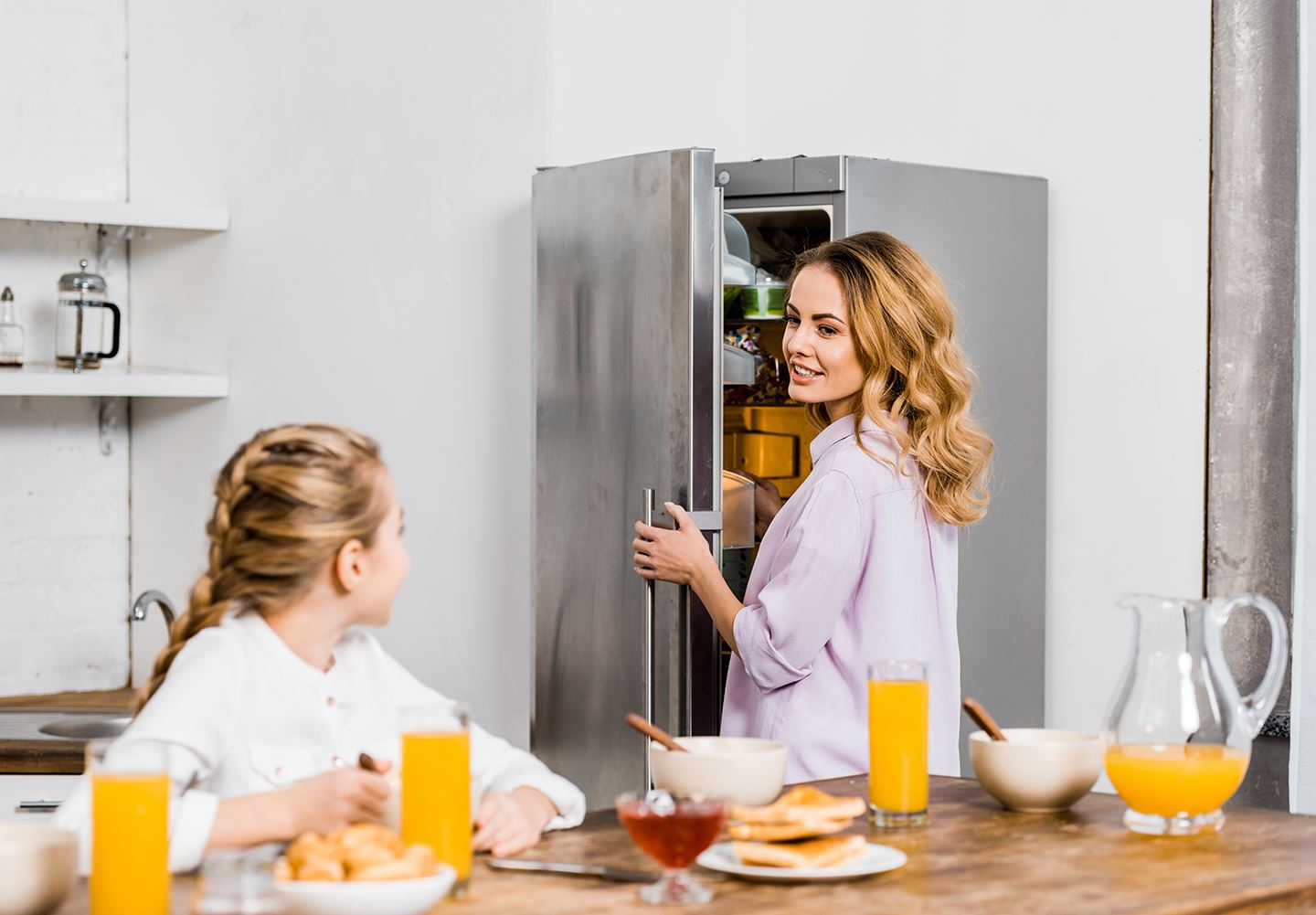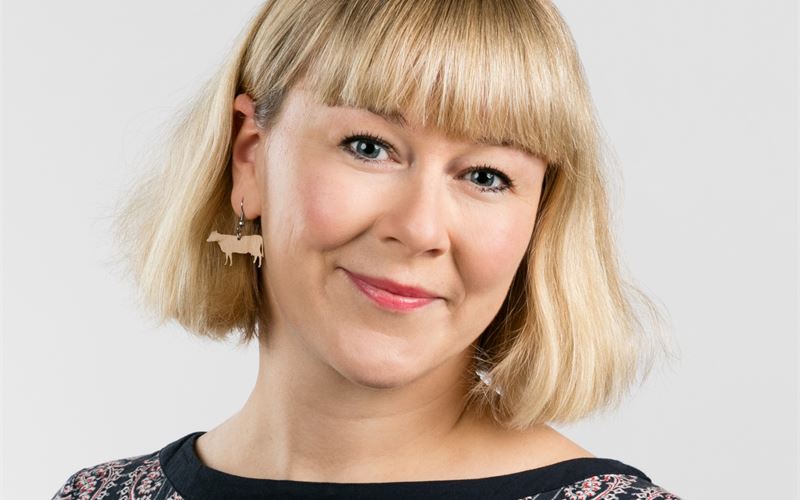Predicting food purchases with purchase intention

There are nearly 20 PhD graduates working at Valio’s Research and Product Development. Valio encourages its experts to improve their knowledge. Over the years, we have guided many thesis works and a significant number of our R&D personnel completed their thesis at Valio.
Elina Kytö, Senior Research Scientist, specialising in sensory assessment and research at Valio, defended her PhD thesis at the University of Helsinki’s Faculty of Agriculture and Forestry’s Food Chain and Health doctoral programme.
In her dissertation, Elina Kytö studies the ways to predict food purchases using purchase interest and other measurements. Her research theme (Ostoaikomuksesta ostokäyttäytymiseen: ostokiinnostus sekä muut mittarit ruokaostosten ennustajina – From purchase intention to purchase behavior: Purchase intention and other measurements as predictors of food purchases) she discovered over the course of her work.
“My work is in running studies on products that are still in the product development stage, where we think a lot about what kind of results in product testing are good enough to predict commercial success. I wanted more information on the best measurements that could be used as predictors for purchase behaviour,” says Elina Kytö.
Elina’s thesis work was supervised by Research Manager Sari Mustonen, whose expertise covers sensory assessment methods for food products, having been a Valio employee at the start of the work:
“It was incredibly valuable to have Sari and her long Valio background to help. She knew the background so well. Even after leaving Valio, she stayed on as my thesis supervisor. I took a lot from my job into the dissertation but wrote most of it outside of office hours. Sari and I started going on thesis cruises once or twice per year, to better focus on a specific topic together,” says Elina.

Elina Kytö, D.Sc.*
-
Works as a Senior Research Scientist in Valio’s Development and Innovations.
-
Enjoys developing a wide range of new interesting products for consumers and the versatility of her work.
-
You can always find Valio PROfeel® protein puddings and shakes in her fridge.
(*Agriculture and Forestry, Consumer Economics)
“It’s important for a product to have overall appeal.”



